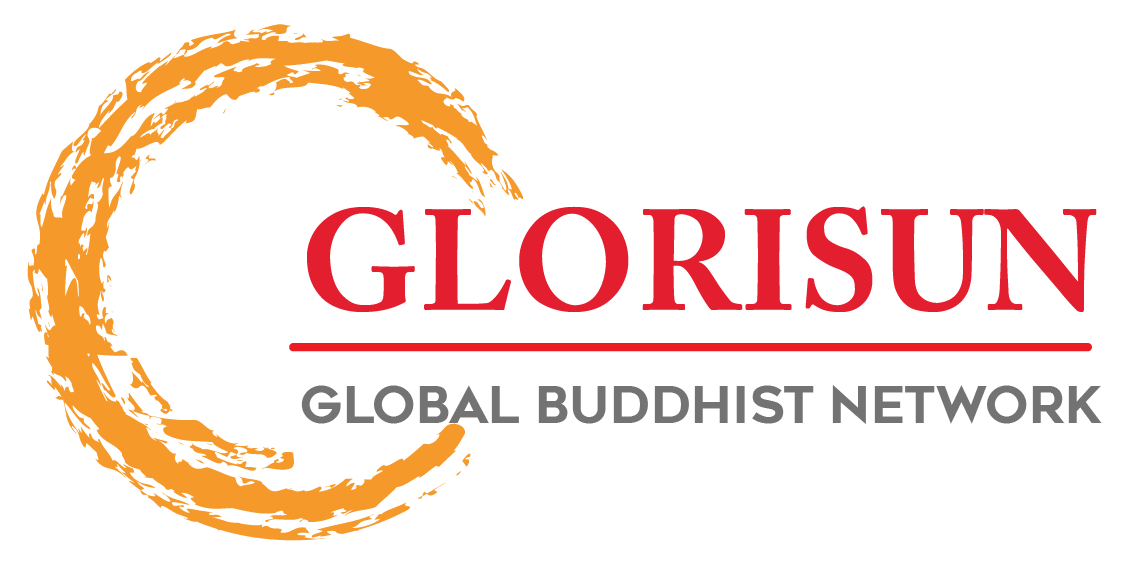Click here return to the Hualin main page.
Click here return to the Hualin E-Journal Vol 7.2 Table of Contents page.
Hualin International Journal of Buddhist Studies 7.2 (2024): 41–69; https://dx.doi.org/10.15239/hijbs.07.02.03
(This article belongs to the Special Issue Ritual and Materiality in Buddhism and Asian Religions)
Against Impermanence: Women, Ritual, and Materiality in Early Medieval China
Kate LINGLEY
University of Hawai‘i at Mānoa
lingley@hawaii.edu
Abstract: The patrons of early medieval Chinese Buddhism commissioned thousands of votive images and monuments, many including inscriptions justifying their gift and even donor figures depicting them in the act of offering worship. Such monuments provide a lasting record of the lives of Buddhist believers, especially women, whose existence was overlooked by historical writing. Those produced in enduring materials like stone and bronze offer a kind of permanence that is echoed in the rhetoric of the donor inscriptions themselves, which justify the making of Buddhist images as a way to preserve knowledge of the Buddha and the Dharma. This contrasts with the ephemerality of both the ritual practices surrounding the dedication of such monuments and the lives of women in Chinese history.
Keywords: monuments, donors, impermanence
About the Author: Kate A. Lingley’s research focuses on Buddhist votive sculpture of the Northern and Southern Dynasties period, with a particular interest in the social history of religious art in medieval China. Her articles in this area have been published in Asia Major, Ars Orientalis, Early Medieval China, and Archives of Asian Art, among others. She is currently working on a book manuscript on the lives of Buddhist women in medieval China, as seen through the votive monuments they dedicated.
This is an open access article distributed under the Creative Commons Attribution License which permits unrestricted use, distribution, and reproduction in any medium, provided the original work is properly cited.
